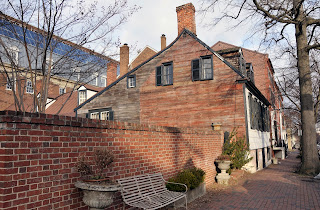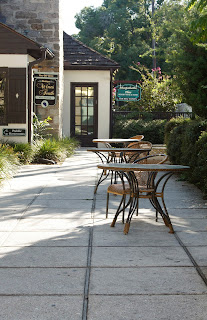Nacemos para encontranos: La Vida es el Arte del Encuentro. (We born to meet each other: Life is the Art of the encounter) by Facundo Cabral.
I just started my day reading two articles: one poem from Facundo Cabral and a post from my friend 's blog Leave it for Tomorrow and I found these two phrases that really attracted my attention and now putting them in a certain way together they can correlate or they go opposite one from each other.
But I think that both have a main subject matter which is Life and as one of the dictionary meaning says" life is the condition that distinguishes organisms from inorganic objects and dead organisms, being manifested by growth through metabolism, reproduction, and the power of adaptation to environment through changes originating internally"
So when you read Esteban phrase coincide with the dictionary meaning; for example the personal galaxy where everything that is outside the orbit has a lack of sense and importance. So the condition of organisms either alive or dead have a process , a cycle and its power of adaptation will be through the changes of every internal individual.... Awesome....how we can say the same meaning with different words without loosing the essence of it.
About Facundo phrase even though is more poetic and romantic to the contrary to my friend's phrase, He also refers to the Life as personal as a whole which everybody encounters and the most beautiful hint of sweetness is the word Art where he used it to describe life in a very lovely and direct way.
Well, I just wanted to share these two phrases with you and hopefully you enjoyed them and can make your own reflections and why not; share them with others........



















































